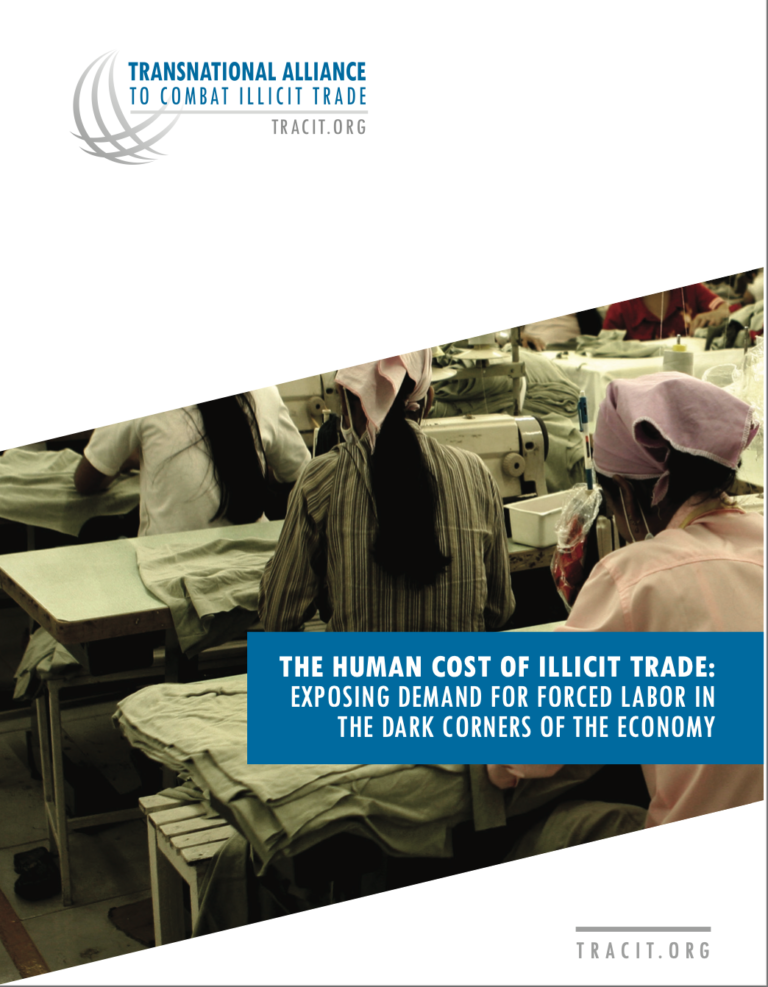Full Package Approach to Labour Codes of Conduct
GuidanceIn this guide the Clean Clothes Campaign offers guidelines on what companies can do to better assess, implement, and verify compliance with labour standards in their supply chains, and eliminate abuses where and when they arise. The exploitation and...Read More

